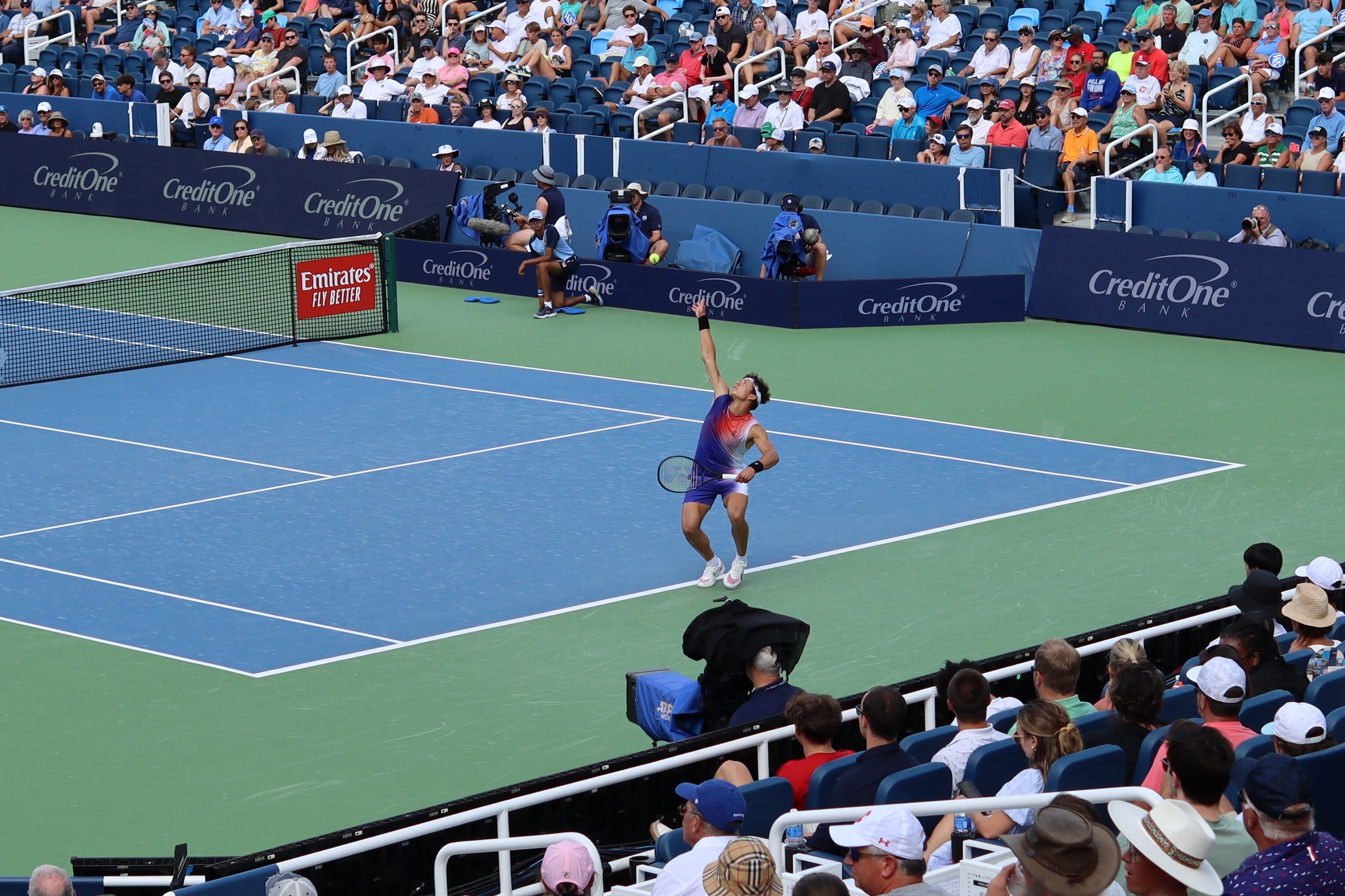
The Inner Game Equation: Unlocking Potential and Minimizing Interference
In the world of performance psychology and personal development, few concepts are as elegant and universally applicable as the Inner Game Equation:
Performance = Potential - Interference
Popularized by Timothy Gallwey in his "Inner Game" series, this formula highlights a profound insight: our performance is a direct result of our potential, diminished only by the interference we encounter along the way. At first glance, the equation appears simple, but it encapsulates a powerful philosophy with wide-reaching applications—from individual self-mastery to team and organizational success. Let’s explore each component in detail and how the Inner Game framework can elevate performance in any setting.
Understanding the Equation’s Components
Potential: The Unseen Reservoir of Capability
Potential represents the innate and acquired abilities that each of us has. It's a blend of our talents, skills, knowledge, and capacity to learn and grow. Potential is not static; it evolves with experience, training, and a mindset focused on continuous development. In a workplace, for example, potential encompasses an employee’s skills, creativity, problem-solving abilities, and resilience.
Cultivating Potential: By adopting a growth mindset and embracing learning opportunities, individuals and teams can unlock hidden reservoirs of potential. Investing in skill development, whether through formal training, mentorship, or experiential learning, expands what we’re capable of achieving.
Interference: The Barriers Between Us and Success Interference is the counterforce to potential. It includes internal and external obstacles that disrupt our focus, drain our energy, and limit our effectiveness. Internal interferences can include negative self-talk, self-doubt, fear of failure, and anxiety. External interferences might involve environmental distractions, interpersonal conflicts, or systemic inefficiencies within an organization.
Addressing Interference: Reducing interference requires introspection, self-awareness, and often a shift in mindset. On an individual level, techniques like mindfulness, visualization, and cognitive reframing can help quiet the inner critic. On an organizational level, clear communication, defined roles, and supportive culture can minimize external distractions and obstacles.
Performance: The Ultimate Outcome Performance is the result of our efforts, a product of how effectively we tap into our potential while mitigating interference. Whether it's an athletic event, a workplace task, or personal growth, performance reflects not just skill but the presence (or absence) of obstacles that stand in the way. When interference is minimal, performance shines as a true reflection of our potential.
Applying the Inner Game Equation to Elevate Performance
This equation can act as a diagnostic tool, guiding us to ask: “What’s blocking my potential?” or “Where is interference slowing us down?” This approach allows us to focus not only on improvement strategies but also on the subtle and often invisible barriers to achieving success. Here’s how to practically apply the Inner Game Equation:
-
Self-Coaching to Reduce Internal Interference For individuals, practicing self-coaching techniques like self-reflection and questioning can reduce internal interference. Here are some strategies:
- Mindfulness Practice: Staying present helps us acknowledge and detach from negative thoughts, which often contribute to performance anxiety.
- Self-Talk Awareness: Negative self-talk can become a self-fulfilling prophecy. Replacing it with affirmations or realistic counter-thoughts shifts our mindset toward a more constructive outlook.
- Goal Clarity: Clear goals prevent the mind from wandering, allowing us to stay focused and committed to purposeful actions rather than getting bogged down in doubt or overthinking.
-
Creating Interference-Free Environments in Teams Teams face unique interferences, such as poor communication, unclear expectations, and competing priorities. Leaders can optimize performance by creating a culture that actively minimizes interference:
- Fostering Psychological Safety: When team members feel safe to share ideas and make mistakes, they are more likely to focus on innovation rather than fear of judgment.
- Streamlining Communication: Clear communication structures prevent misunderstandings and clarify responsibilities, reducing confusion and frustration.
- Removing Unnecessary Barriers: Evaluate processes regularly to identify obstacles like excessive meetings, rigid hierarchy, or outdated workflows. Simplifying these can free up energy and attention for meaningful work.
-
Reinforcing a Growth Mindset Across the Organization Organizations can use the Inner Game Equation as a foundation for developing a growth-oriented culture. When the focus shifts from solely measuring performance to understanding the dynamics of potential and interference, it enables leaders to invest in potential growth while systematically identifying and reducing interference.
- Invest in Development Programs: Offering continuous learning opportunities can strengthen the potential component of the equation.
- Conduct Regular Interference Audits: By periodically surveying employees to understand roadblocks and frustrations, organizations can proactively address issues before they impact performance.
- Align Values with Practices: An organization that values transparency, autonomy, and inclusivity creates a supportive environment that limits cultural interference.
The Inner Game as a Lifelong Journey
The Inner Game is more than just a concept; it’s a lifelong pursuit of self-awareness and intentional growth. As we move forward, our potential grows and, ideally, our ability to manage interference improves. This process is not about eliminating all interferences—some, like constructive feedback, are essential to growth. It’s about learning to handle these challenges with composure, resilience, and strategic insight.
By harnessing the Inner Game Equation, individuals and organizations alike can strive toward excellence with clarity and focus. After all, the real “game” is learning to quiet the noise so that potential can speak. With every step toward reducing interference, we uncover a new layer of our capabilities, elevating both our personal and collective performance.


